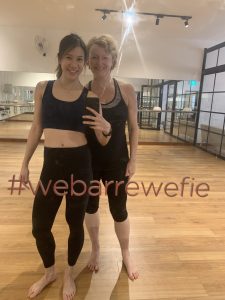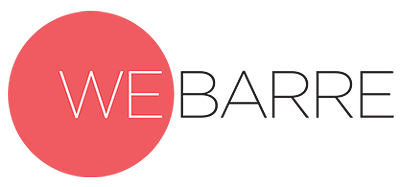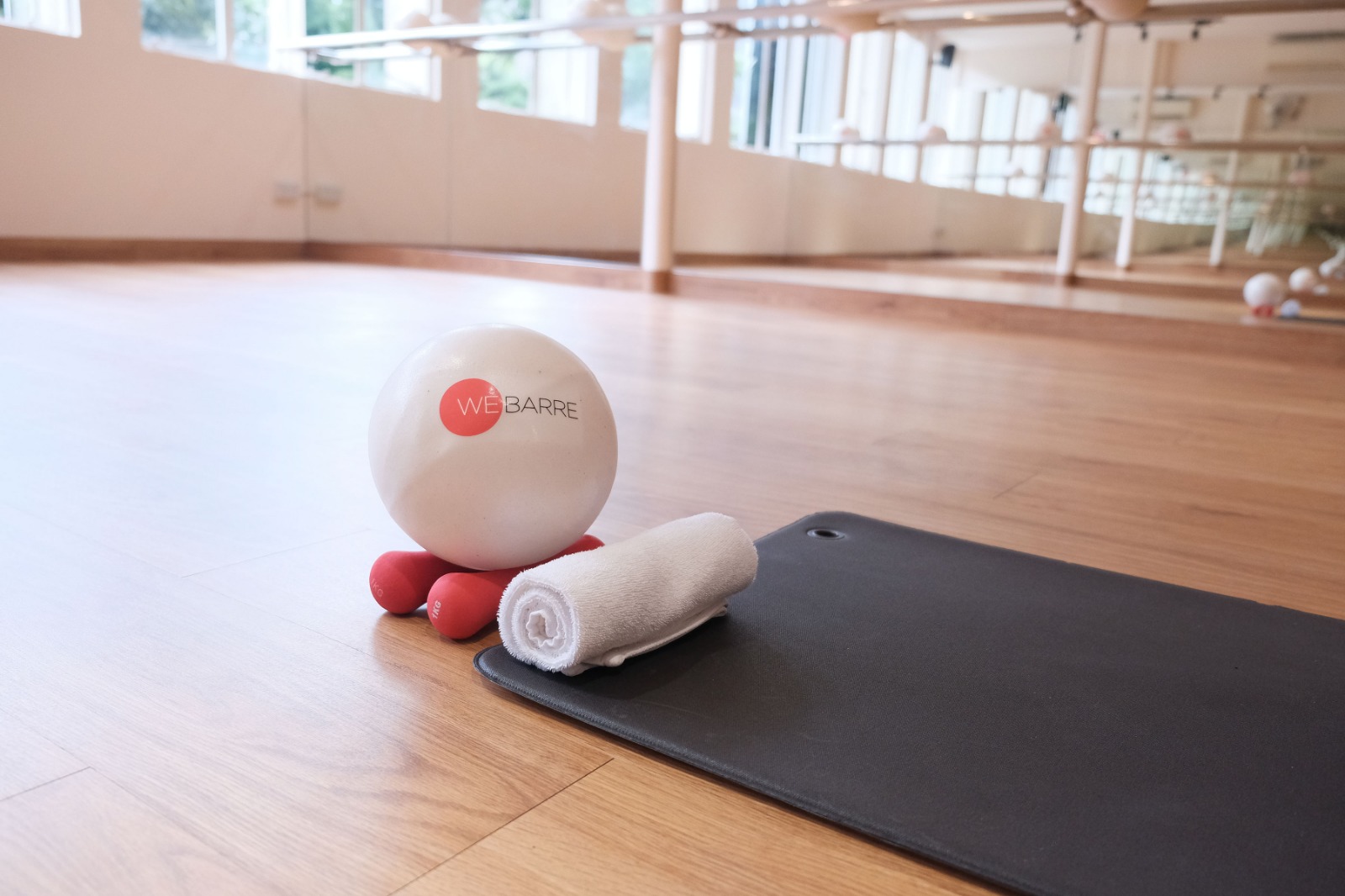By Joie Goh
Barre workouts are known to sculpt muscles and improve your posture. But did you know that it can actually aid in recovery and rehabilitation as well? Here, a very special client shares her inspiring story of regaining her strength and form through WeBarre.
A Sudden Stroke

Vanessa (right) with her sister, 12 days after her stroke.
First Steps

Vanessa with former WeBarre instructor, Elisa.
Road to Recovery
Although Vanessa has since returned home to London, she still considers WeBarre a key factor to her rehabilitation. “I have a background in ballet, so I found the workout appealing,” she says. “It’s an all-over body workout that targets each and every muscle group, increasing strength and flexibility. The repetition of movement within an exercise is also helpful – it means you can get in a bit of a flow and really work on technique.”

Healthy and happy, Vanessa is living a full life! Here, she is pictured in Sri Lanka at a 3-week yoga retreat.


